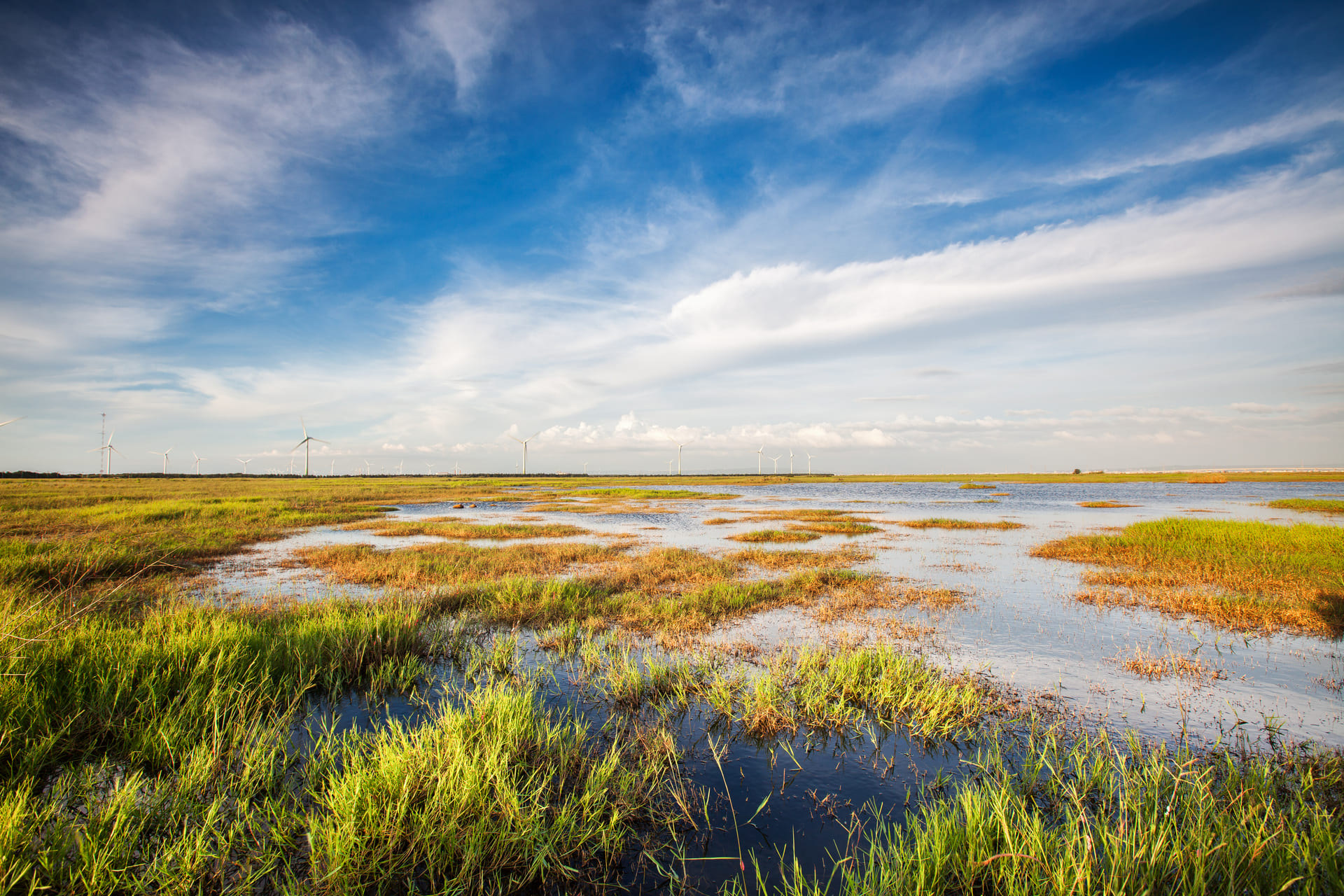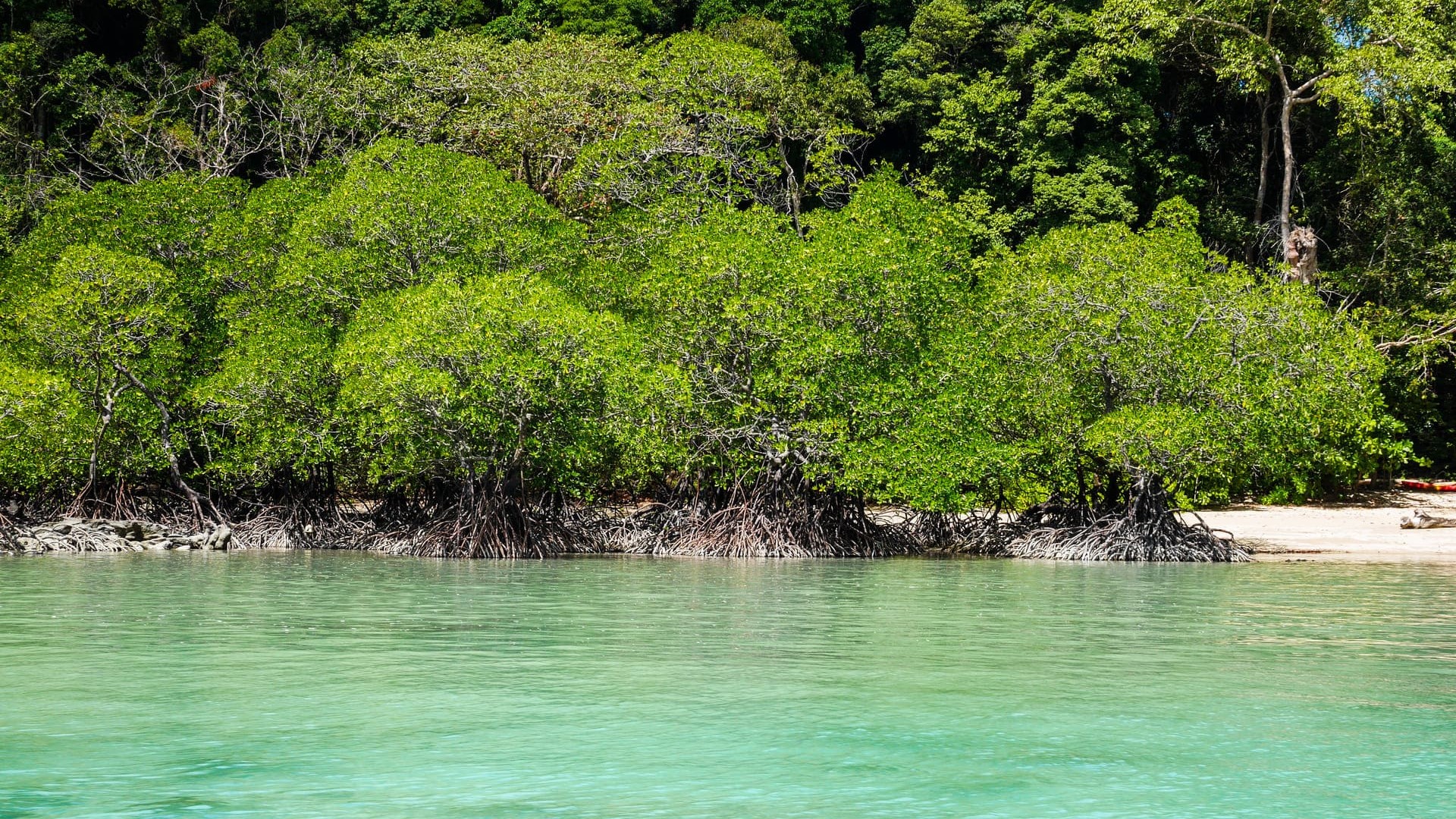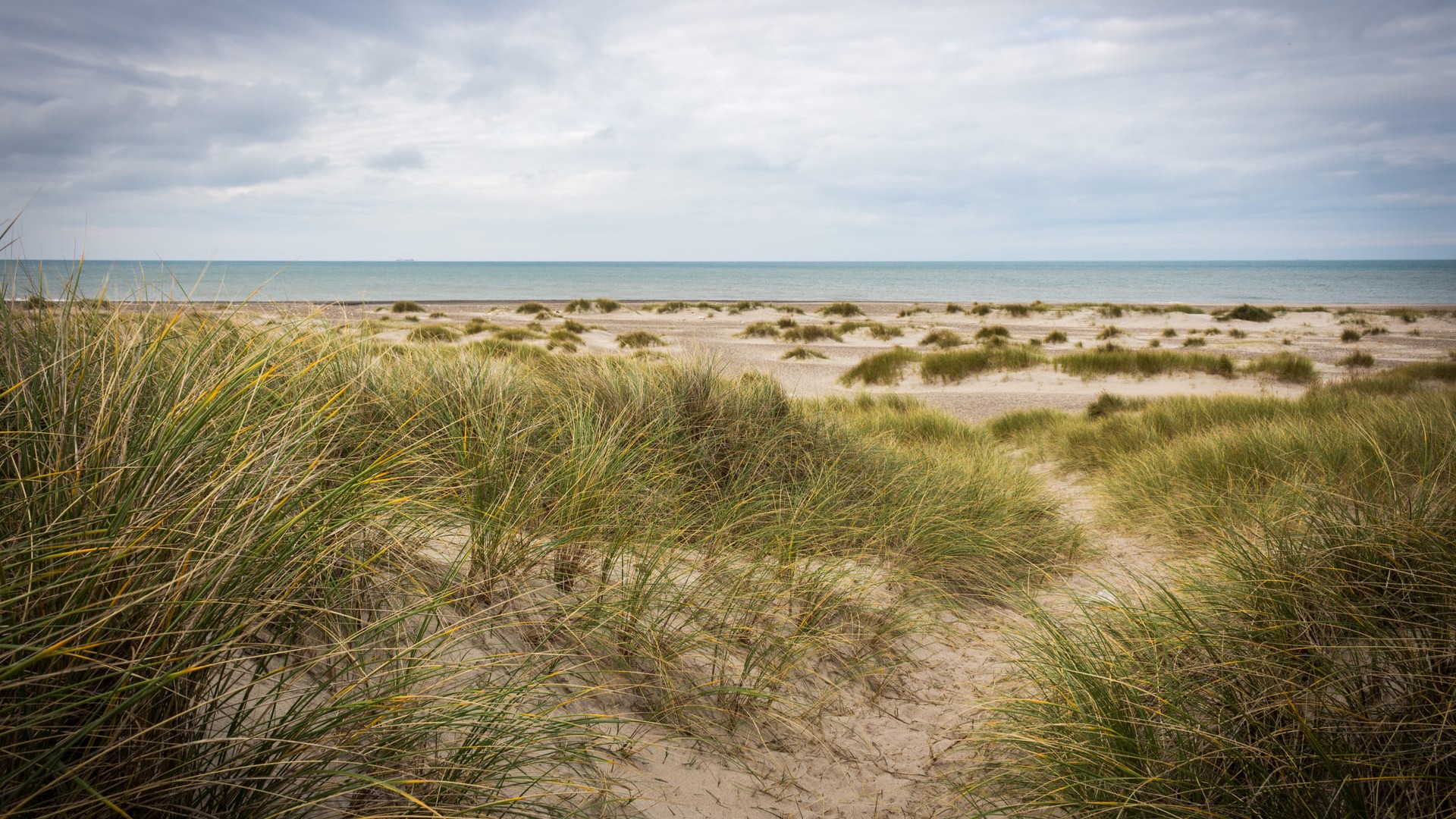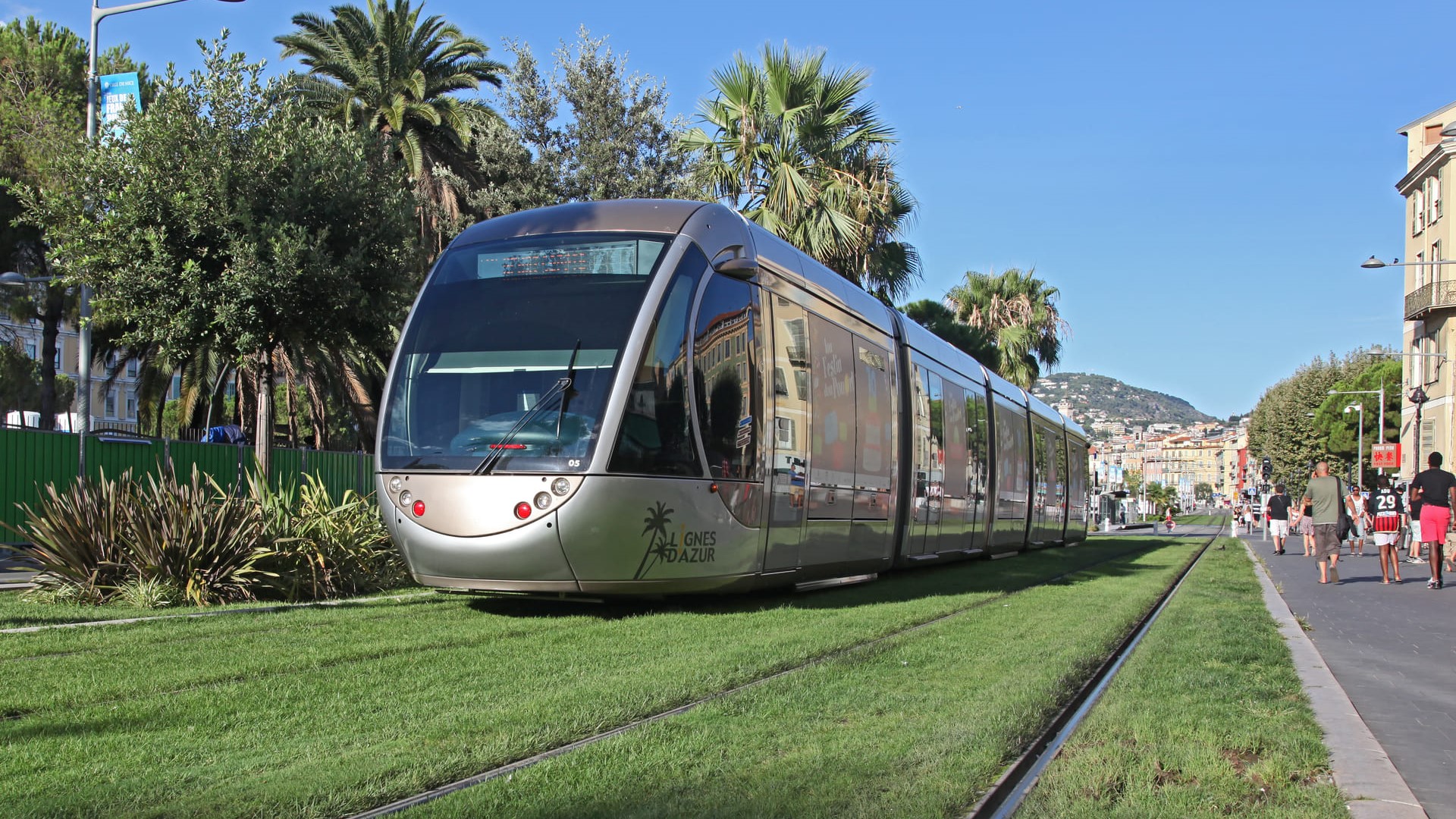Nature-based solutions for climate-resilient societies
Nature-based solutions are vital for achieving the SDGs, addressing multiple goals simultaneously. The UN Climate Action Summit's manifesto of 2019 states they are essential for decarbonization, reducing climate change risks, and building climate-resilient societies.

What exactly are nature-based solutions?
Nature-based solutions use the mechanisms provided by nature itself to offer protection from natural hazards and provide access to vital resources such as drinking water and energy. Examples include:
- wetland-related ecosystems to prevent flooding at high water levels,
- coastal mangrove forests to protect coastal communities from waves, storm surge, and coastal erosion,
- water flow regulation and runoff mitigation to deal with extreme temperature and rainfall events,
- protection of watersheds to ensure sustainable drinking water supplies.

As temperatures are rising across the globe and both rural and urban communities face more frequent and extreme rainfall, flooding events, droughts and wildfires, nature-based solutions help mitigate the impact of climate change and address the related societal challenges. Let’s look into some concrete examples that illustrate how nature-based solutions can deliver a wide variety of benefits.
Nature-based solutions for coastal protection
As a result of a global sea level rise and more frequent and more intense storms, coastal systems and low-lying areas will undoubtedly feel the impact of phenomena such as submergence, coastal flooding, and coastal erosion. According to a Climate Central report, rising sea levels will pose a threat to homes of 300 million people within the next three decades.
Surge barriers, dykes and seawalls have been built around the world to provide protection against flooding and storms. Because of the expected increase in frequency and intensity of such hazards, recent research has focused on vulnerabilities in the resilience of these systems. At the same time, increasing attention is being given to coastal protection schemes that carefully integrate natural systems, landscapes and processes.

Examples include vegetation that stabilises sediments and soil on shorelines, beaches, and dunes; mussel beds that dissipate wave energy and mitigate the erosive effects on shorelines; and near-shore sediment processes that allow a beach to regenerate on its own after a coastal storm. Protection systems that are based on solutions engineered by nature will prove to be more resilient and sustainable in the long run. These nature-based solutions can also improve habitat for species and recreation for communities – an excellent illustration of their multifunctional character
Nature-based solutions for water management
When rain falls on roofs and paved surfaces in urban areas, the water cannot soak into the ground as it should. Whereas traditional drainage and water treatment systems are designed to move urban stormwater away from the built environment and discharge it into nearby water bodies, nature-based solutions treat stormwater at its source to cut the amount of runoff into sewer systems. They do so by exploiting the natural capability of vegetation and soils to retain, absorb and filter stormwater.
As this green infrastructure helps reduce the amount of stormwater runoff from heavy rainfall, the result is less water pollution in urban areas, less erosion and flooding in urban streams and less damage to habitat, property, and infrastructure. Besides, this restores several natural processes. That, in turn, delivers numerous other benefits: lower carbon emissions, mitigation of urban heat island effects and additional wildlife habitat and recreational space.

Constructed wetlands provide another example of a nature-based solution that makes use of the natural purification processes of vegetation, soils and microorganisms for water treatment and pollution abatement. Constructed wetlands are a purification technology that improves access to safe water for all and which comes with relatively low operation and maintenance expenses. Also, green spaces created by constructed wetlands produce habitats for wildlife and improve recreational value.
Dealing with multiple challenges simultaneously
As these examples show, nature-based solutions do not rely on human-made facilities such as concrete seawalls, reservoirs, sewers or water treatment works. This so-called grey infrastructure is typically designed to serve one specific purpose only. From a sustainability point of view, there are two issues with using grey infrastructure for managing climate risks: grey solutions rely on the use of finite resources, and they have a limited lifetime.
Nature-based solutions, on the other hand, are multifunctional and have a clear potential to deal with multiple sustainable development challenges simultaneously. They have higher resilience to climate change compared to grey infrastructure, and this increased resilience comes at reduced investment, maintenance and operational costs.
